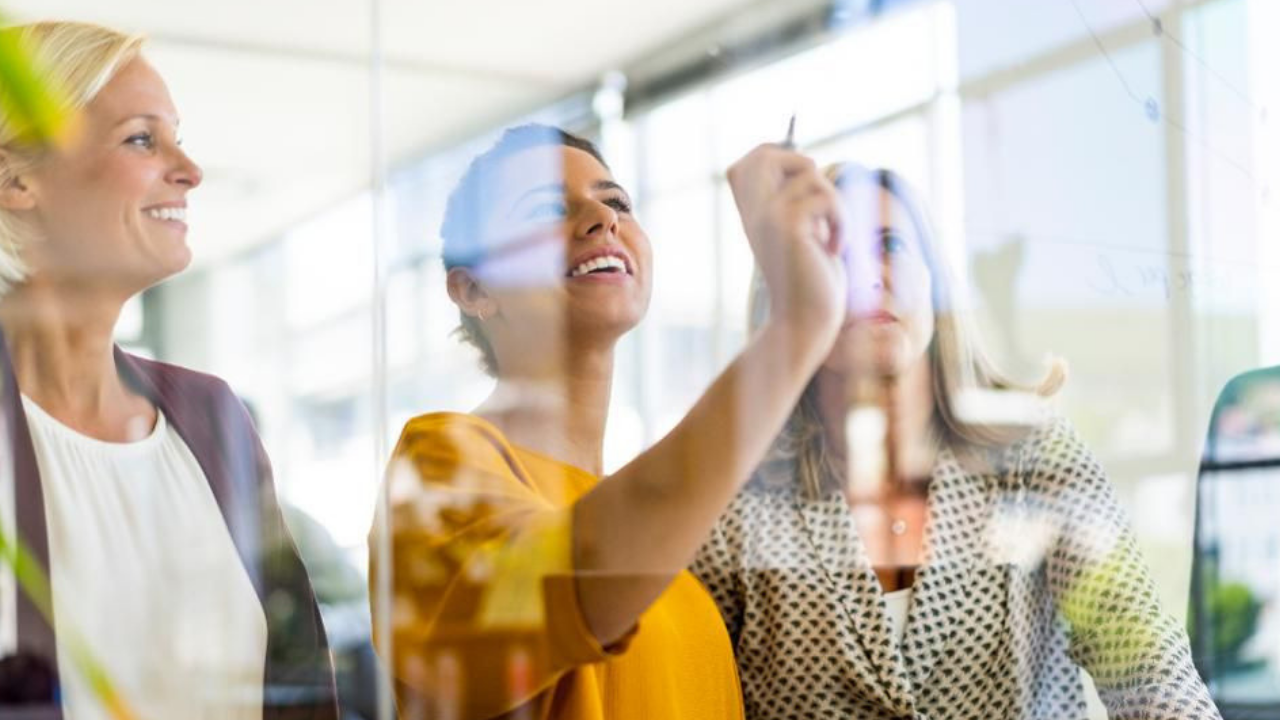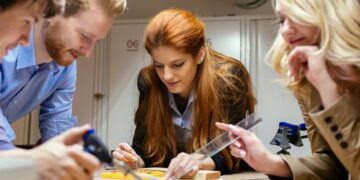The current melding of creativity and technology in the workplace is undeniable and transformative. Robotics, AI (artificial intelligence), digital nomads, and other advancements are driving forces in some of the most creative endeavors in the workforce. It does beg the questions: does technology enable creativity or vice-versa? Do they work in tandem?
The Oxford dictionary defines technology as, “The application of scientific knowledge for practical purposes, especially in industry.” Technology has roots in engineering; however, creativity is the ability to turn imagination into reality, find patterns, make connections, and draw conclusions. So which comes first?
Technology is about preciseness, while creativity focuses on spontaneity. Despite the seemingly contradictory coupling, when they work perfectly together, innovative things can occur.
So how does this inevitable path affect the workplace? Stuart Hardy, Director of Executive Education at the Berlin School of Creative Leadership, believes the following: AI and robotics will birth new jobs rather than increase unemployment; regions will start competing with one another for the best talent; the developed world will be freelance by 2027; education will have to remodel itself to accommodate this rather than being career-specific.
This evolutionary revolution will keep people from absorbing an unsatisfying culture and focus energies into self-fulfilling work, separating us from the machines.


 Dr. Gleb Tsipursky – The Office Whisperer
Dr. Gleb Tsipursky – The Office Whisperer Nirit Cohen – WorkFutures
Nirit Cohen – WorkFutures Angela Howard – Culture Expert
Angela Howard – Culture Expert Drew Jones – Design & Innovation
Drew Jones – Design & Innovation Jonathan Price – CRE & Flex Expert
Jonathan Price – CRE & Flex Expert











